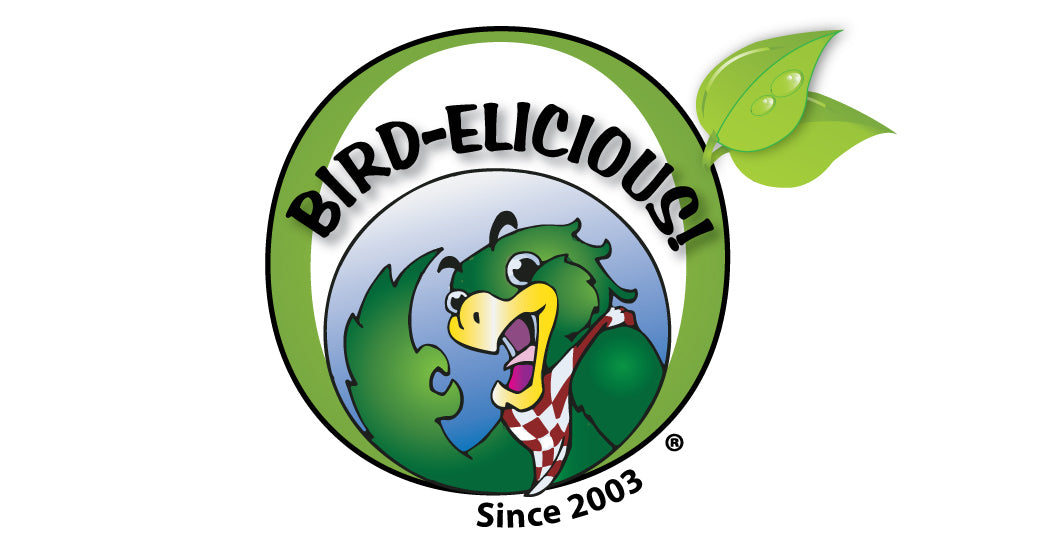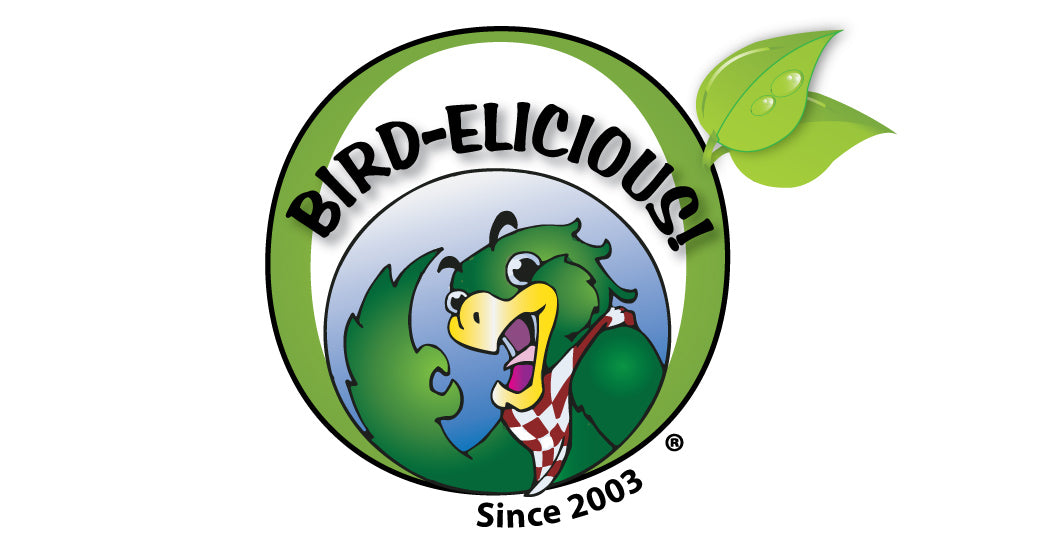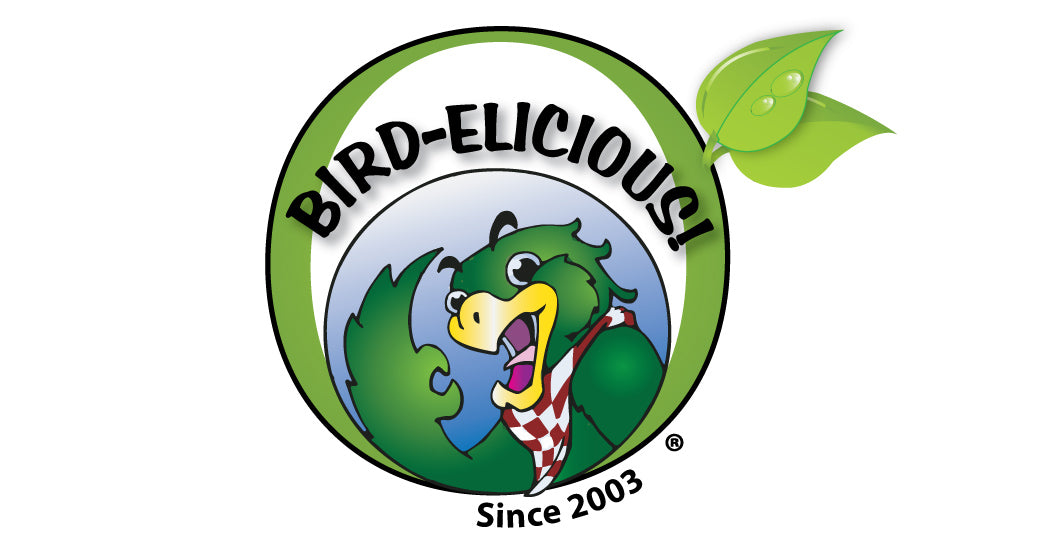Organic sprouted whole peas are one of the healthiest foods we can offer to our exotic companion birds!
First of all we can offer this food even to feather destroyers in limited amounts due to the fact they are relatively low in salicylates. When it comes to histamines pea seedlings are one of the foods highest in “DAO” (diamine oxidase), the enzyme responsible for the metabolizing of histamines so that they do not trigger mast cells causing allergies. When the seedlings are grown 7-10 days in the dark they actually become natural “anti-histamines” due to the DAO content they now contain. DAO aids in the regeneration and protection of the mucosal lining of the digestive tract to help prevent “Avian Leaky Gut Syndrome™.”
As barely sprouted with tiny tails just visible, peas contain the digestive enzyme “amylase” that aids in the digestion of the starch in this legume.
Peas, like most legumes are considered “fruit” by some classifications due to the fact they are seeds contained in a pod. Still, legumes should be fed in limited amounts due to the fact the fiber they contain is “starch”, a hard, waxy molecule that requires amylase in order to be fully digested, absorbed and metabolized. As I have mentioned in many of my nutritional articles starch should only be fed as “living” starch where amylase is present by sprouting the food to be fed to our birds. Amylase is highest when the tails are barely visible. Exotic birds (aves) do not produce amylase in their mouths like humans (mammals) do. Instead amylase is produced in the endocrine system later down in the digestive tract where their pancreas is located. When we feed starchy foods that are dead, dried out and cooked this places a strain on our birds’ overall endocrine systems placing our birds at risk for pancreatitis and/or avian diabetes.
The other way to feed peas is to allow them to grow in the dark for 7 to 10 days. Unfortunately this eliminates almost all of the amylase and increases the cellulose, that hard to process fiber our birds’ digestive system is not equipped to digest due to the lack of ceca in parrots. Fortunately the amount of cellulose is not in high volume at this age of the microgreens so growing the sprouts to this size is of small concern as long as we don’t feed the 7-10 day old microgreens in large volumes. Growing the pea microgreens to 7-10 days old increases the DAO; this is a good aspect of growing the microgreens for a longer period of time.
When I feed fresh grown organic peas I like to barely sprout a small amount for the amylase content and then also grow a small amount to the 7-10 day period in the dark for the DAO content. Then my birds receive the benefit of both growth periods!
Here you have a new, fresh Really RAW™ Sprouter’s Saturday™ idea for your birds!
I hope you have foraging fun this weekend!
Ref: http://www.deficitdao.org/dao-deficiency/#.VVfXGLlViko; http://www.millhousemedical.co.nz/files/docs/factsheet_8_salicylates_in_foods.pdf; http://www.feingold.org/DOCS/SalicylateList.pdf; http://www.biologyreference.com/Fo-Gr/Fruits.html.
©2015.5.16 Machelle Pacion Passion Tree House LLC All Rights Reserved




Leave a comment (all fields required)